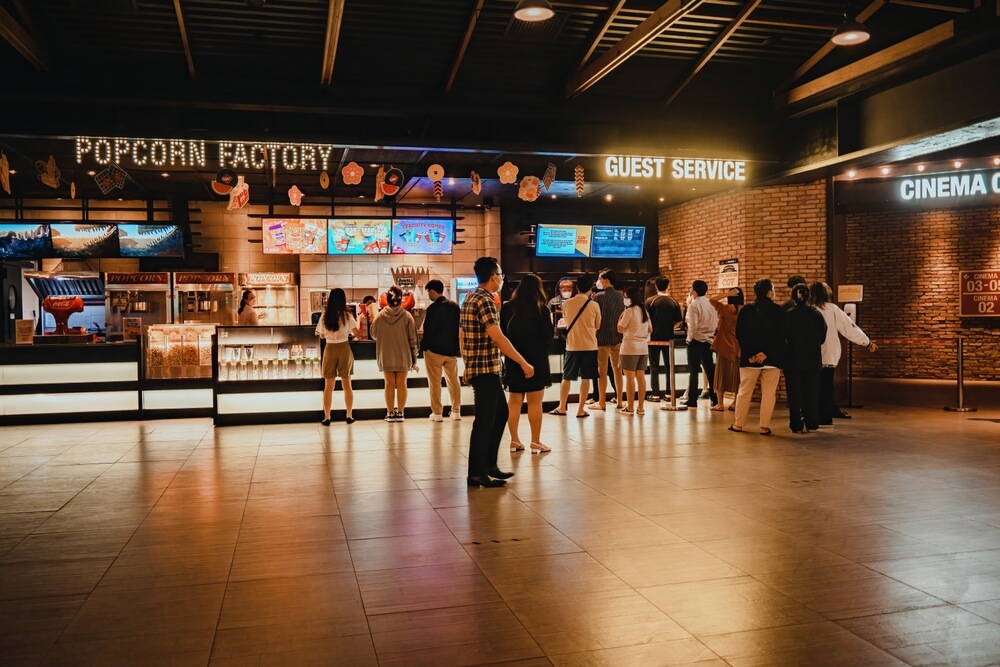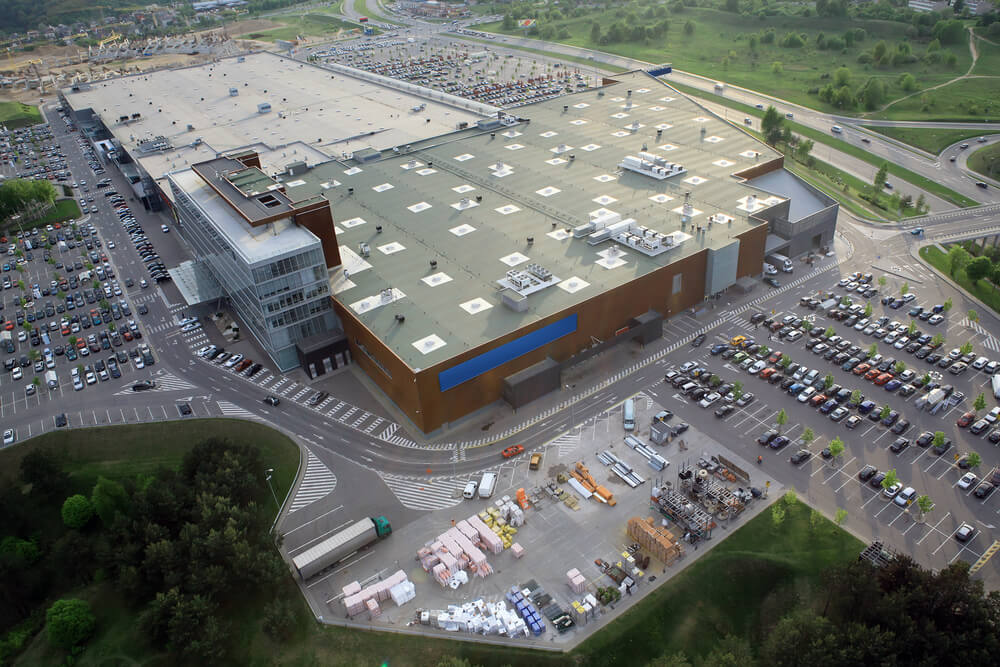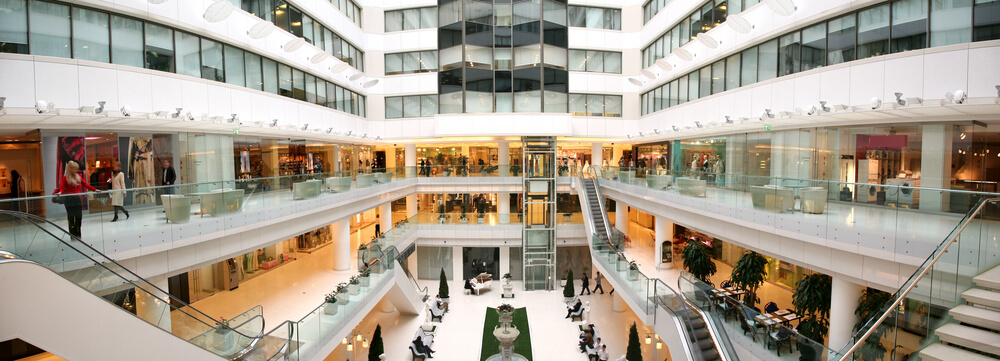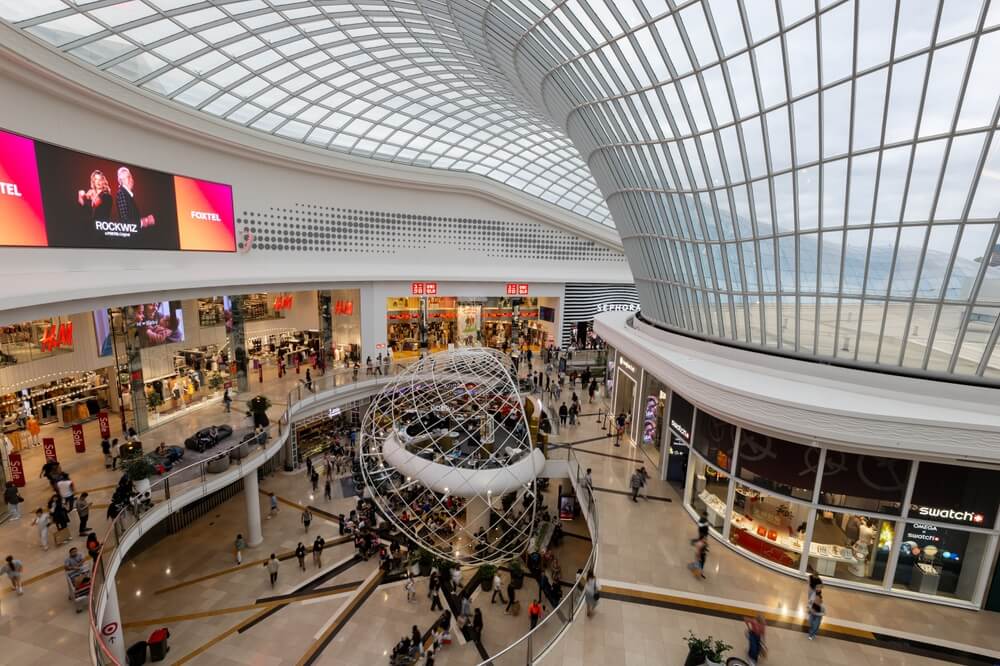Retail buildings are a key component of urban environments worldwide. They form the heart of the retail industry, providing space for various shops, shopping centers, supermarkets, and other commercial establishments. In this blog, we will explore the advantages and disadvantages of retail buildings for both merchants and consumers.
Advantages of Retail Buildings
Variety and Product Availability: Retail buildings typically bring together a wide range of stores and brands under one roof. This means that consumers have access to a diverse range of products and services in one place. Whether they are looking for clothing, electronics, food, or any other product, they are likely to find it in a retail building.
Access to Multiple Brands: Retail buildings often attract well-known brands and stores popular with consumers. This allows consumers to choose from different options and explore new products and brands.
Convenience and Accessibility: One of the biggest advantages of retail buildings is their convenience. Shoppers can explore products and make purchases regardless of weather conditions or seasonal changes. Additionally, retail buildings often offer parking spaces, making it easier for customers to access them.

Recreation and Entertainment: Many retail buildings now include entertainment features such as cinemas, restaurants, children’s playgrounds, and other attractions. This makes retail buildings more appealing places for families and those looking for more than just shopping.
Socializing Opportunities: Retail buildings often attract a large number of people, creating opportunities for socializing and networking. Restaurants, cafes, and communal areas allow people to spend time with family and friends while shopping.
Disadvantages of Retail Buildings
Crowds and Parking: Popular retail buildings often draw large crowds, resulting in crowded walkways and parking issues. This can create a stressful shopping experience, especially during the holiday season.
Lease Costs: For merchants, leasing space in retail buildings can be expensive and represent a significant portion of their operating costs. This can make it challenging for smaller businesses and startups.

Competition: Retail buildings bring together different stores that directly compete with each other. This high level of competition can lead to price pressure and lower profit margins for merchants, affecting the profitability of their businesses.
Online Competition: The rise of online shopping poses a challenge to retail buildings. Consumers are increasingly using the Internet for their shopping needs, which can reduce foot traffic in physical stores.
Maintenance and Operating Costs: Maintaining and operating retail buildings, including cleaning, security, and infrastructure upkeep, can be costly. These costs are often shared among merchants or passed on to consumers through higher product prices.

Retail buildings play a crucial role in the retail sector, offering product variety, convenience, and entertainment options. However, they also have their drawbacks, including crowds, high lease costs, competition, and the challenge of online retail. Given the evolution of consumer habits and the industry, retail buildings will continue to adapt to remain relevant and attractive to consumers.



